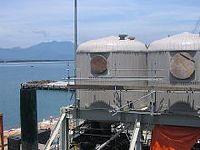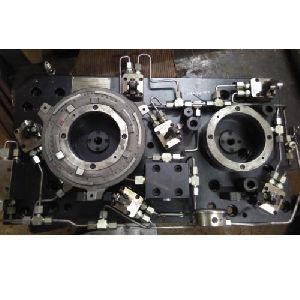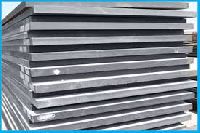
Pressure Plate
Get Price Quote

pressure vessel plate
Get Price Quote
A pressure vessel is a closed container designed to hold gases or liquids at a pressure substantially different from the ambient pressure. The pressure differential is dangerous and many fatal accidents have occurred in the history of pressure vessel development and operation. Consequently, pressure vessel design, manufacture, and operation are regulated by engineering authorities backed by legislation. For these reasons, the definition of a pressure vessel varies from country to country, but involves parameters such as maximum safe operating pressure and temperature. Pressure vessels can theoretically be almost any shape, but shapes made of sections of spheres, cylinders, and cones are usually employed. A common design is a cylinder with end caps called heads. Head shapes are frequently either hemispherical or dished (torispherical). More complicated shapes have historically been much harder to analyze for safe operation and are usually far more difficult to construct.
Best Deals from Pressure Plates

Pressure Plate
Get Price Quote

Pressure Plate
Get Price Quote
We offer an extensive range of pressure plate. Our range is an excellent activation mechanism that sends a signal through attached wires when triggered. These pressure plates find application in pressure vessel marine constructionconstructional and structural etc. All castings are cnc—vmc machined for greater accuracy , consistency and precision. Pressure plates are dynamically computer balanced for smooth operations at high rpm.cation in marine industry. specifications : materials of construction - grey iron & s.g iron equipment for operation—cnc, vmc, gear shaping,keyway broaching & balancing served to —oem machines customized range.

pressure vessel plate
Get Price Quote
Pressure Vessel Heat Exchanger varies with the tank shape but depends on the density, ?, and maximum allowable stress of the material in addition to the pressure P and volume V of the vessel. Therefore pressure vessels are designed to have a thickness proportional to the radius of tank and the pressure of the tank and inversely proportional to the maximum allowed normal stress of the particular material used in the walls of the container.